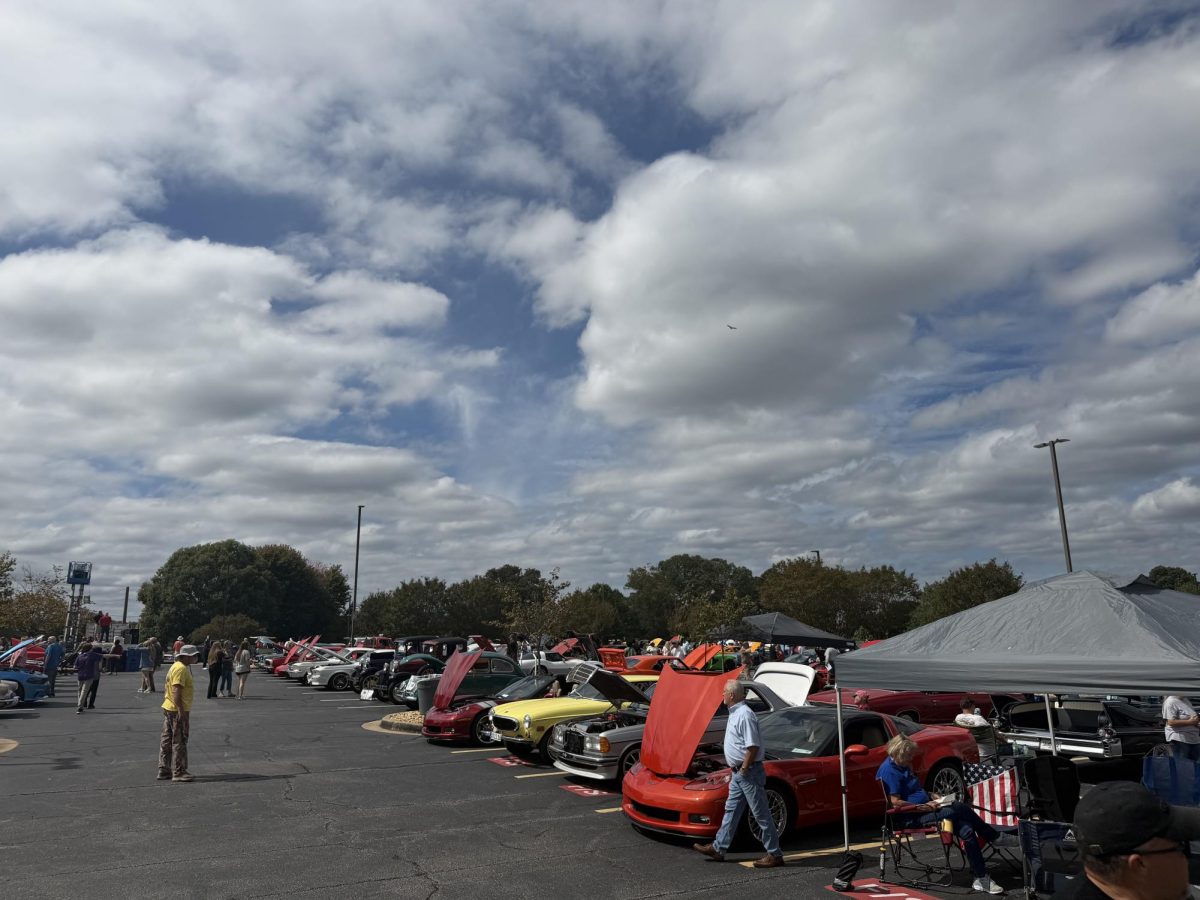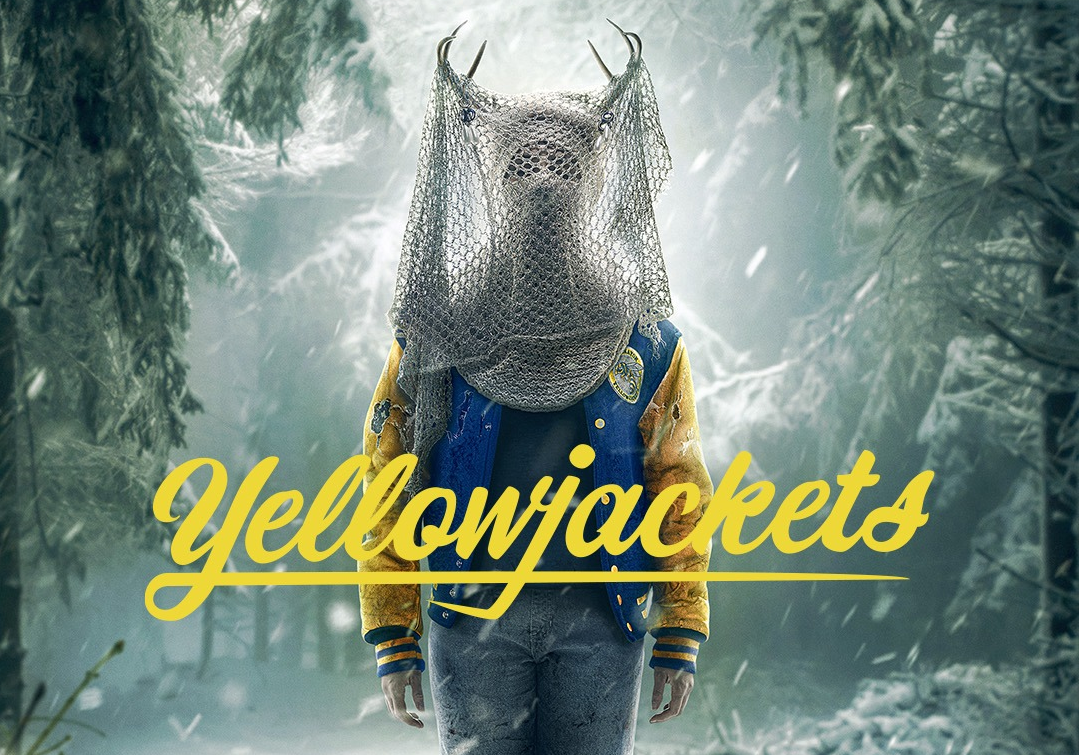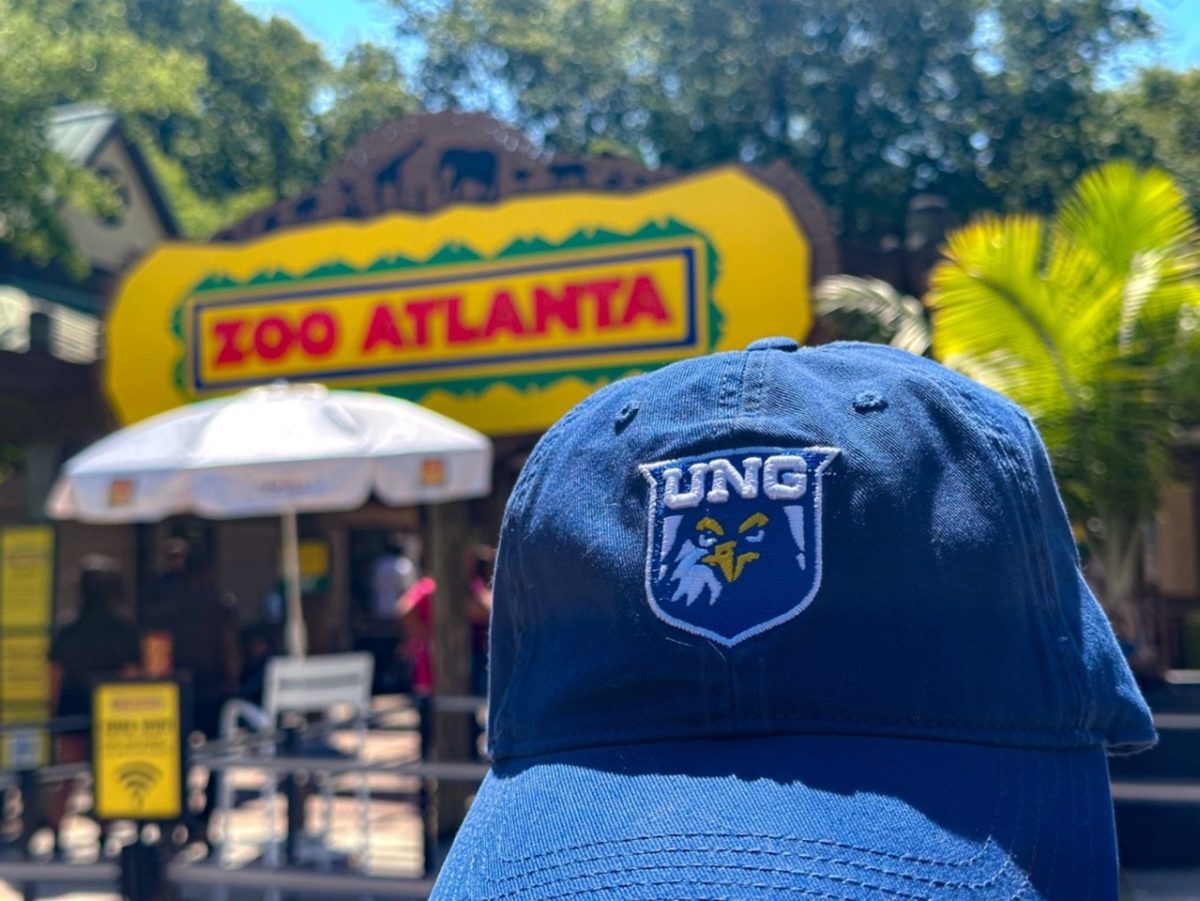Artificial intelligence has gained traction this year with over 30 AI-generators available for public use. One aspect of AI, the ability to generate artworks and images from a written prompt, is stirring up controversy in the artist and creator community.
With seven user-friendly AI-art generators on the market, anyone with a computer can become an artist. However, these servers use preexisting artworks and images to learn and generate new versions. The AI-generators can mimic styles, colors and values, and other elements from a pool of online works. As a result, there is a potential for violations of intellectual property rights since the original creators are not consenting for their works to be used by AI.
Timothy Burns, senior digital arts major, says, “I think artificially generated art can do some incredible things, but since it pulls from existing art from other artists, I’m not sure I’d call it real art.” Burns says that it’s unfair for artworks to be used without an artist’s consent as the AI result wouldn’t be possible without artists’ efforts.
Ellie Cooper, senior English major, says, “I think AI art is real art, but I don’t think it’s fair to use other artists’ work with no consent or compensation… there needs to be a way to credit the original pieces.”
On Aug. 18, a federal court ruled that AI-generated art and images cannot be copyrighted as they are not created by a human. Burns says, “Anyone creating AI art should not be making a profit…like how it would be unethical in an academic setting.”
Concerns of plagiarism and the use of AI to write homework assignments has forced some UNG professors to implement AI policies into a classroom setting for the first time.




























